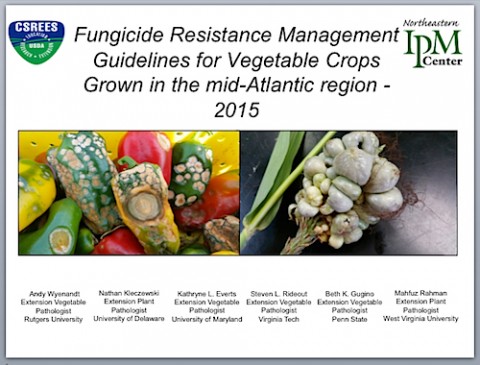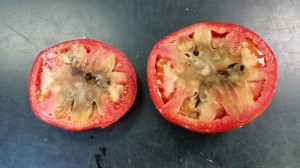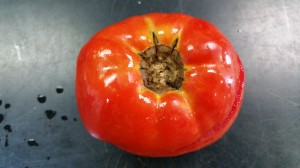Proper greenhouse sanitation is important for healthy, disease-free vegetable transplant production. Efforts need to be made to keep transplant production greenhouses free of unnecessary plant debris and weeds which may harbor insect pests and disease.
- All equipment, benches, flats, plug trays and floors should be properly cleaned and then disinfested prior to use and efforts need to be taken throughout the transplant production season to minimize potential problems.
- Any weeds in or around the greenhouse structure should be removed prior to any production.
- Any transplant brought into the greenhouse from an outside source needs to be certified ‘clean’, as well as visually inspected for potential insects and diseases once it reaches your location.
Remember, disinfestants, such as Clorox, Green-Shield, or hydrogen dioxide products (Zerotol – for commercial greenhouses, garden centers and Oxidate – commercial greenhouse and field), kill only what they come into direct contact with so thorough coverage and/or soaking is necessary. The labels do not specify time intervals for specific uses, only to state that surfaces be ‘thoroughly wetted’. Therefore, labels need to be followed precisely for different use patterns (i.e., disinfesting flats vs. floors or benches) to ensure proper dilution ratios. Hydrogen dioxide products work best when diluted with water containing little or no organic matter and in water with a neutral pH.



